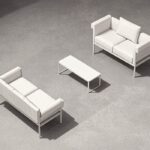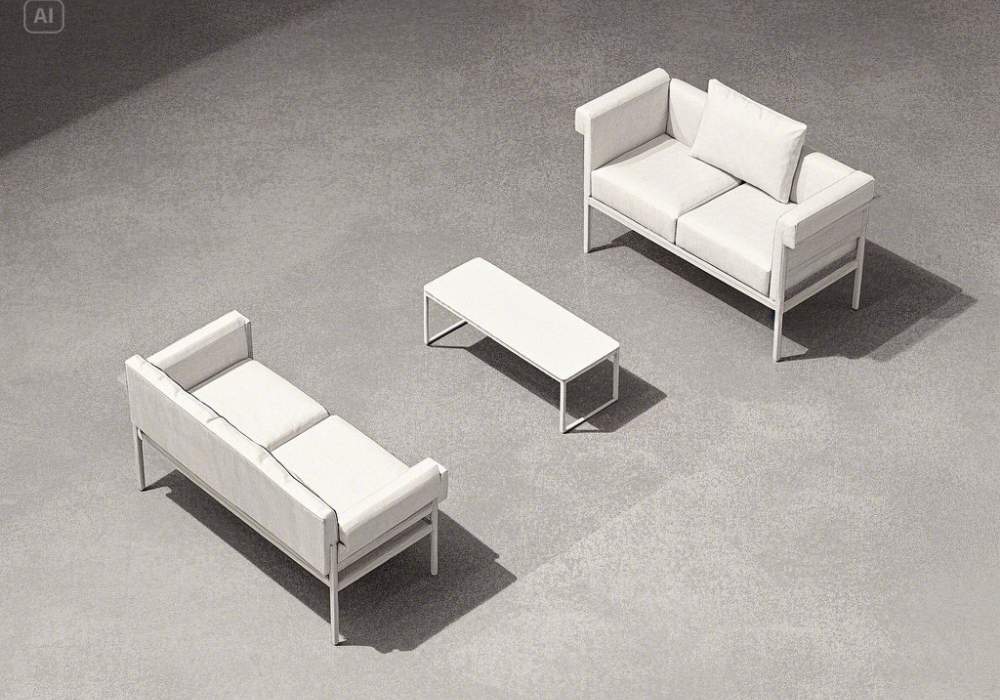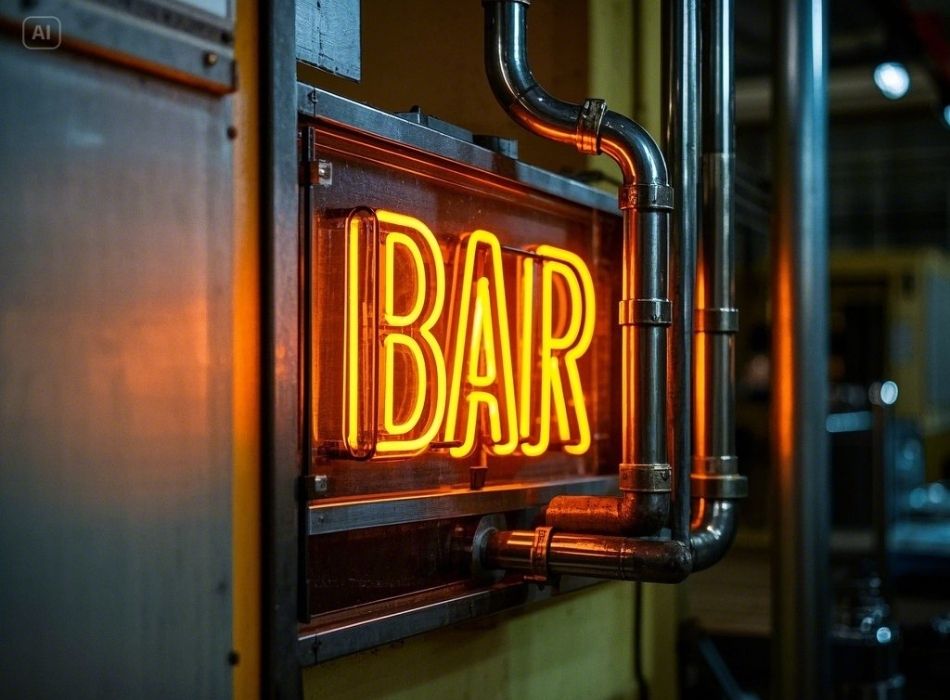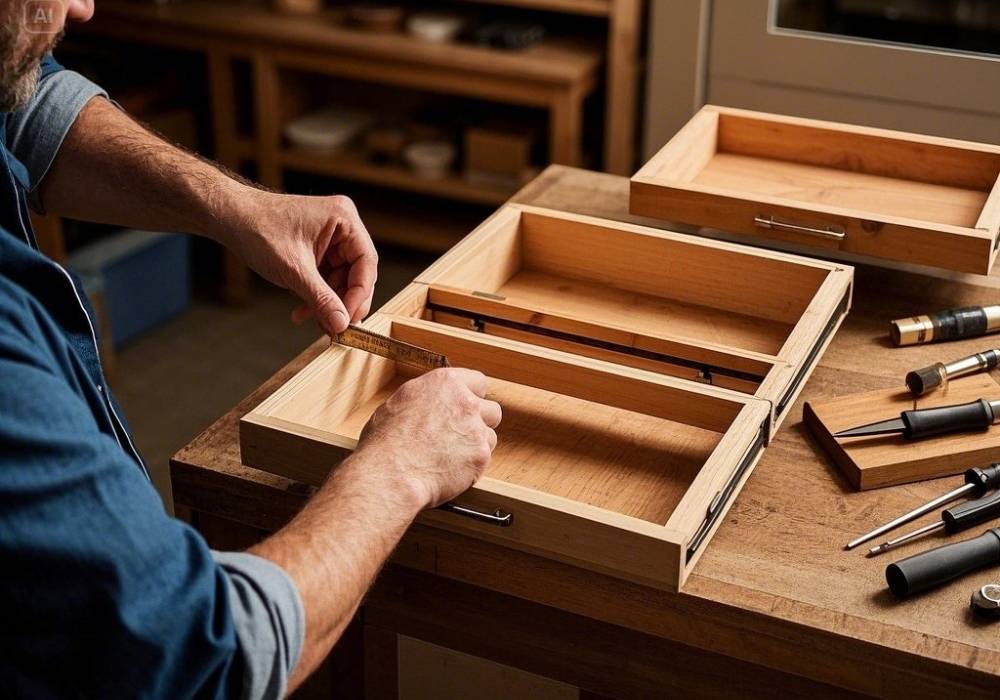Think furniture is just about aesthetics? Think again. While style and comfort are key, the placement and arrangement of furniture carry much more power than meets the eye. It shapes how people move, interact, and experience a space. Whether you’re an experienced interior designer, a curious homeowner revamping a room, or a space planner working on a new project, understanding how to control the flow of traffic in a space with furniture can transform an ordinary area into an extraordinary living or working environment.
This guide will walk you through practical tips and strategies to design spaces that aren’t just visually appealing but also functional, navigable, and welcoming simply by using your furniture wisely.
The Relationship Between Furniture and Traffic Flow
The way furniture is arranged can subtly (or not-so-subtly) dictate how people move through a space. Traffic flow refers to the natural movement patterns people will follow as they enter, exit, or circulate within a room. Well-thought-out furniture placement can encourage seamless movement, while poorly arranged spaces can feel cramped, confusing, or even chaotic.
Why does this matter?
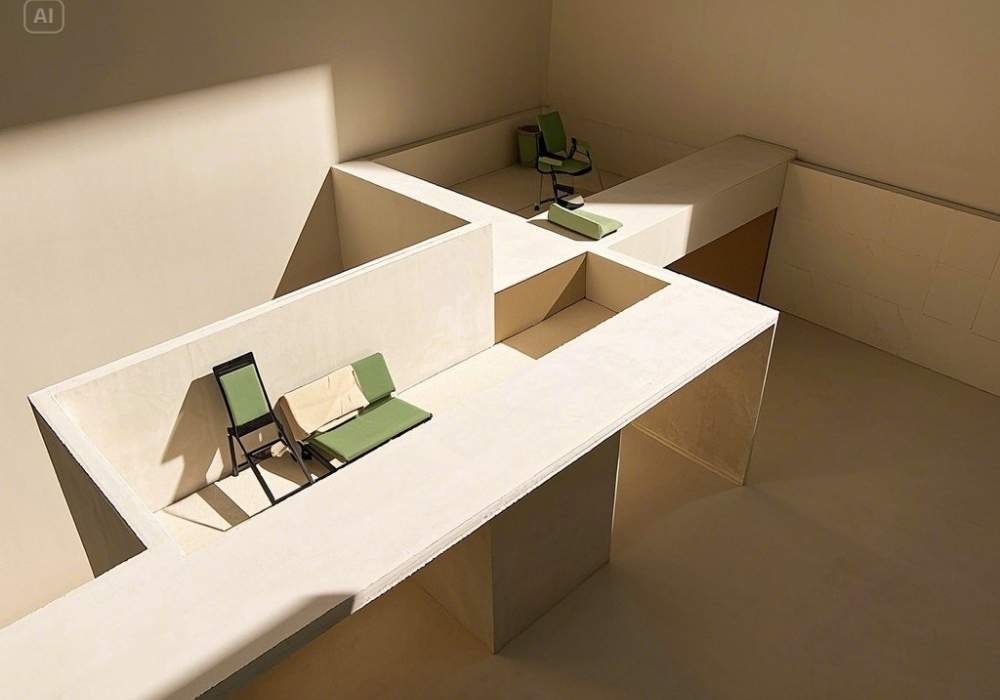
- Comfort and Accessibility: A cluttered path makes moving through a room frustrating, while a clear flow increases comfort.
- Functionality: A good arrangement supports the purpose of the space, whether it’s socializing, working, dining, or relaxing.
- Safety: Crowded or obstructed paths pose tripping hazards or make exits inaccessible in emergencies.
Before even thinking of furniture placement, start by observing how people naturally move through the room or how you’d like them to move. Once you’ve identified the main traffic routes, you can leverage furniture to guide and enhance those pathways.
Key Principles for Controlling Traffic with Furniture
1. Define Clear Pathways
Imagine walking into a room full of obstacles and dead ends. It’s not enjoyable. Clear pathways are the backbone of controlling traffic. When placing furniture, ensure there’s a route that connects major entry points, exits, and key areas of interest without unnecessary obstruction.
Pro Tips:
- Leave 3-4 feet of walking space in the main pathways for smooth movement.
- Place larger furniture, such as sofas or dining tables, away from doorways to avoid immediately blocking access points.
- Use rugs or flooring patterns to map out pathways within larger spaces visually.
2. Balance Open and Closed Spaces
Rooms have areas of high activity (i.e., “open zones”) and low-motion purposes (i.e., “closed zones”), like sitting areas or reading nooks. Balance is key to managing traffic within these areas.
Pro Tips:
- Arrange open zones closer to doorways, allowing smooth entry and immediate access.
- Use sectional furniture or floating pieces (like couches placed mid-room) to subtly segment spaces, ensuring traffic flows around them instead of through busy activity zones.
3. Anchor Focal Points
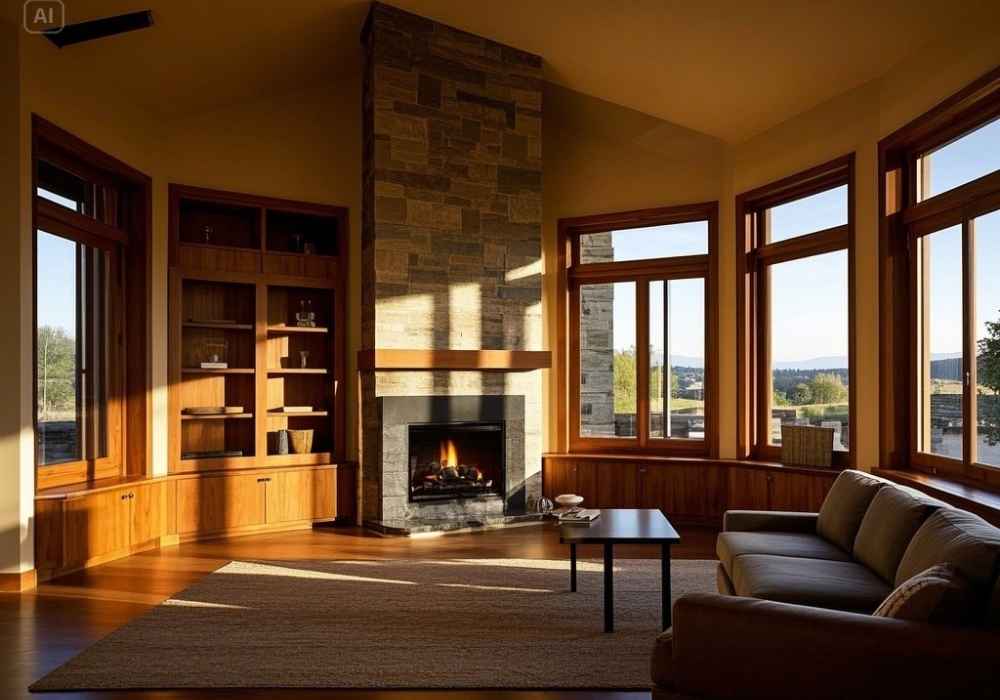
Focal points, such as a fireplace, view, or entertainment unit, serve as orientation anchors. By arranging furniture so it naturally directs attention toward these elements, you can shape how people move through the room.
Pro Tips:
- Position sofas, chairs, or other furniture around your focal points to subtly “invite” people toward them.
- Avoid blocking focal points entirely with tall or bulky items like cabinets or bookshelves.
How Furniture Impacts Specific Spaces
Living Rooms
The living room is often a social hub, which means movement and conversation should feel fluid. Proper furniture arrangement can prevent bottlenecks and foster interaction.
Tips for Traffic Flow in Living Rooms:
- Arrange seating in a circular or semi-circular configuration to cluster conversation zones naturally.
- Keep coffee tables at least 18-20 inches away from sofas to allow leg movement without forcing chairs too far apart.
- Avoid heavy furniture near entryways to maintain an open, welcoming vibe.
Dining Rooms
Dining rooms see a flurry of movement during meals, with food being served and chairs being pulled in and out.
Tips for Traffic Flow in Dining Rooms:
- Position the dining table centrally, ensuring there are at least 3 feet of clearance around it for easy circulation.
- Place storage units, like buffets, against walls to prevent traffic disruptions but keep them within reach of the serving process.
Kitchens
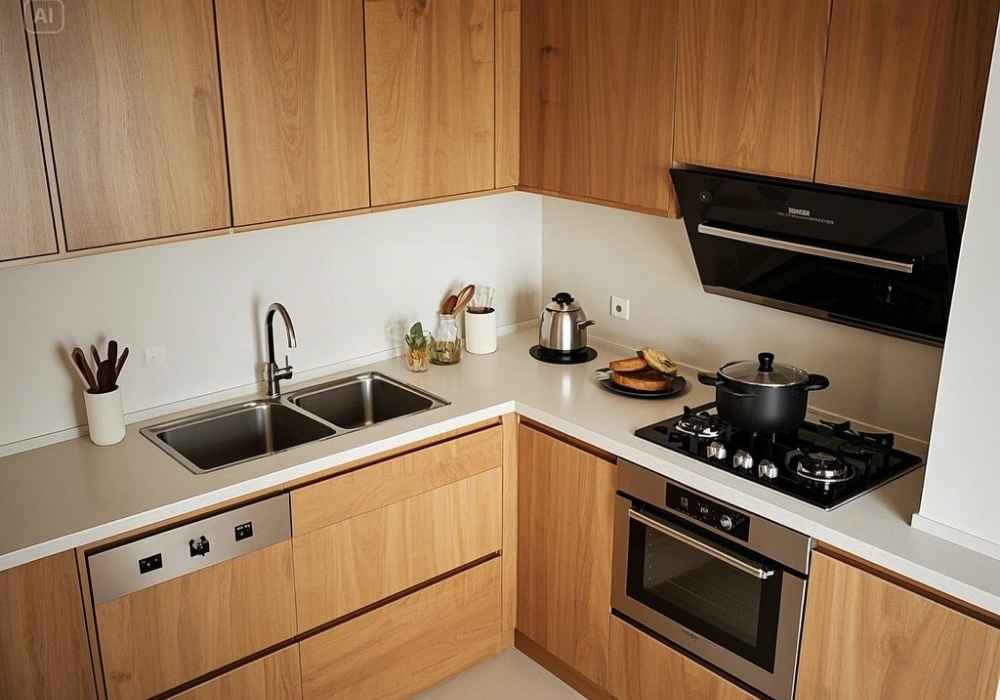
Kitchens often suffer from crowded layouts due to their high functionality. Proper planning can help maintain an efficient workspace while accommodating traffic.
Tips for Traffic Flow in Kitchens:
- Keep pathways between countertops, the stove, and the refrigerator unblocked to maintain the “kitchen work triangle.”
- Use portable kitchen islands as flexible furniture pieces to open up space when needed.
Bedrooms
Though private, bedrooms also require thoughtful planning to ensure comfort and movement.
Tips for Traffic Flow in Bedrooms:
- Keep the bed as the central piece, ensuring pathways to both sides of the bed are unobstructed.
- Position wardrobes and dressers close to entry points to reduce the need for back-and-forth movement across the room.
Tools to Guide Traffic Flow
Furniture is your design tool, but other elements can complement your arrangement to enhance traffic flow.
- Rugs
Rugs anchor furniture and define pathways. Use them to visually connect seating clusters while leaving walkways free of edges that could create an obstruction.
- Lighting
Strategically placed lights guide attention and highlight natural pathways. Use lamps or sconces to brighten walkway areas.
- Plants and Décor
Potted plants or low-profile room dividers can be used to direct movement subtly without creating physical barriers.
- Multifunctional Furniture
Choose furniture that can adapt. Ottomans with storage, foldable tables, or corner desks maximize space efficiency without interrupting the flow.
Avoiding Common Traffic Flow Mistakes
Even the best of us can get carried away with aesthetics sometimes, overlooking traffic flow. Watch out for these common mistakes:
- Overcrowding the space with too much furniture.
- Placing furniture with sharp corners in high-traffic areas can lead to accidents.
- Ignoring fixed elements like doors, windows, or built-ins when designing layouts.
Revamp Your Space with Intentional Design
With thoughtful furniture arrangements, you can achieve so much more than style. From promoting interaction and relaxation to creating safe, functional spaces, the possibilities are endless. Pay attention to pathways, focal points, and the balance of open and closed spaces, and you’ll find traffic flow naturally falls into place.
Want personalized advice for your next project? Our team of space planning experts is here to help. Whether you’re redesigning a single room or mapping out a large floor plan, we can provide actionable insights tailored to your needs.



